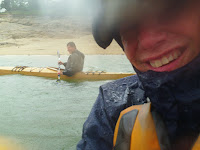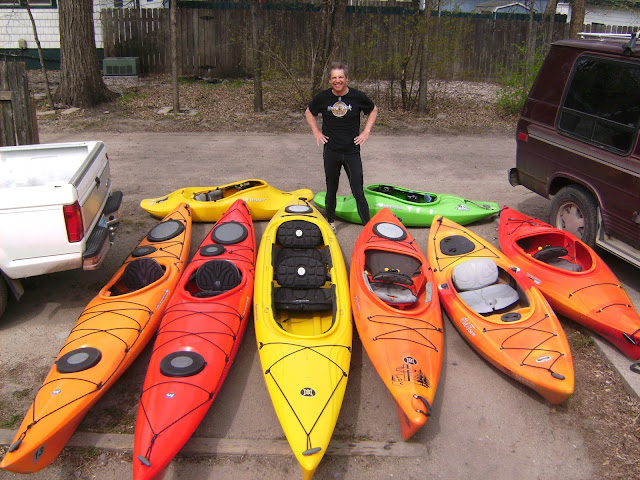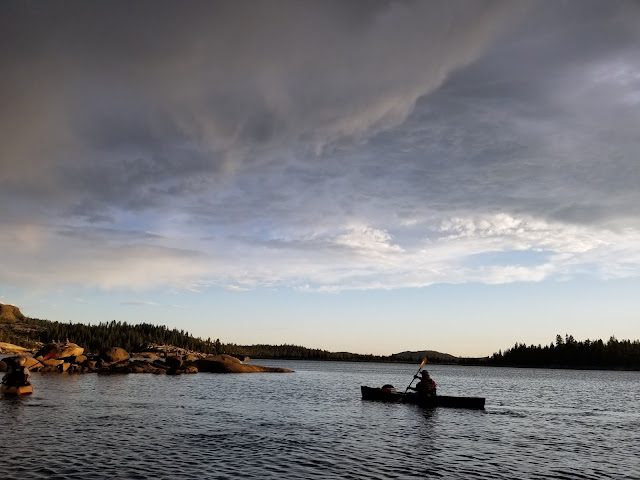The rover Perseverance ended all scientific theories that Mars has once had rivers, lakes, and seas with the discovery of a beached kayak in an ancient lakebed called Jezero Crater, last week.
"Fascinating is a word I use for the unexpected, in this case," said NASA scientist Peter Chekov, “It was simply staggering to see a boat in the dried-up lake bed. It's very, very clear that Mars was once a planet much like our Earth with oceans and rivers. And this is proof. Someone navigated those rivers and seas like highways in a kayak.”
 |
| Photos Courtesy of NASA |
Since its spectacular landing last month, NASA's Perseverance rover has been roaming around inside Jezero Crater on a mission to hunt for evidence of past microbial life and collect samples for a return to Earth. Scientists think the crater was where a lake once was about 3.5 billion years ago. They were hoping to find evidence left behind in the rocks of past life forms.
Planetary scientists have long marveled at ancient evidence of flowing water carved in the Martian surface gigantic canyons, tendrils of winding river channels, and deltas where the rivers disgorged sediments into lakes.
However, the data and simulations have indicated that the water was almost gone three billion years ago. Scientists think that the kayak has been there beached in ancient crater lake bed ever since it dried up.
"That was a long time ago in a galaxy far, far away so speak," said Chekov, "But as we all know, kayakers like to boldly go where no man has gone before."
While the 17-foot kayak is estimated to be between 3 to 5 billion years old, scientists and planetary archeologists have no idea where it came from or who left it there. The Perseverance team tweeted, "This odd one has my science team trading lots of hypotheses."
“Who knows," said space archeologist Sherwood Smith author of Lost in Space, the Search for Treasures of the Universe, "Maybe some extraterrestrial either beached his boat or lost it. There's no evidence of advanced life on Mars. So, I don't think it was left behind by my favorite Martian but some other out-of-this-world paddler. Who knows how long it was floating around there before it washed ashore. But the ET paddler was able to phone home and catch a ride but obviously marooning his boat."
"That would have been one long paddle," said Dan Masters of Master of Disasters Outfitting & Kayaking, "Or at least one long portage. But I know guys who would probably do it. The universal aspect of kayaking is guys go where the water is or in this case was. There is no try. Just do. Paddlers will go everywhere taking epic trips to make first descents down wild rivers or go over 100' waterfalls. So going to another planet to paddle its rivers, oceans, or what have you is not out of the question."
The Perseverance will be headed to a river delta at the edge of Jezero Crater in hopes of finding signs of past life and who knows maybe even more kayaks.
"It's no secret that space is full of mysteries." said Chekov, "Our species has barely gone past our own planet's moon. We still can't explain a lot about the universe. Without a time machine, there is no way to observe how much water was on a younger Mars had and who paddled on those waters. I can only imagine."
























